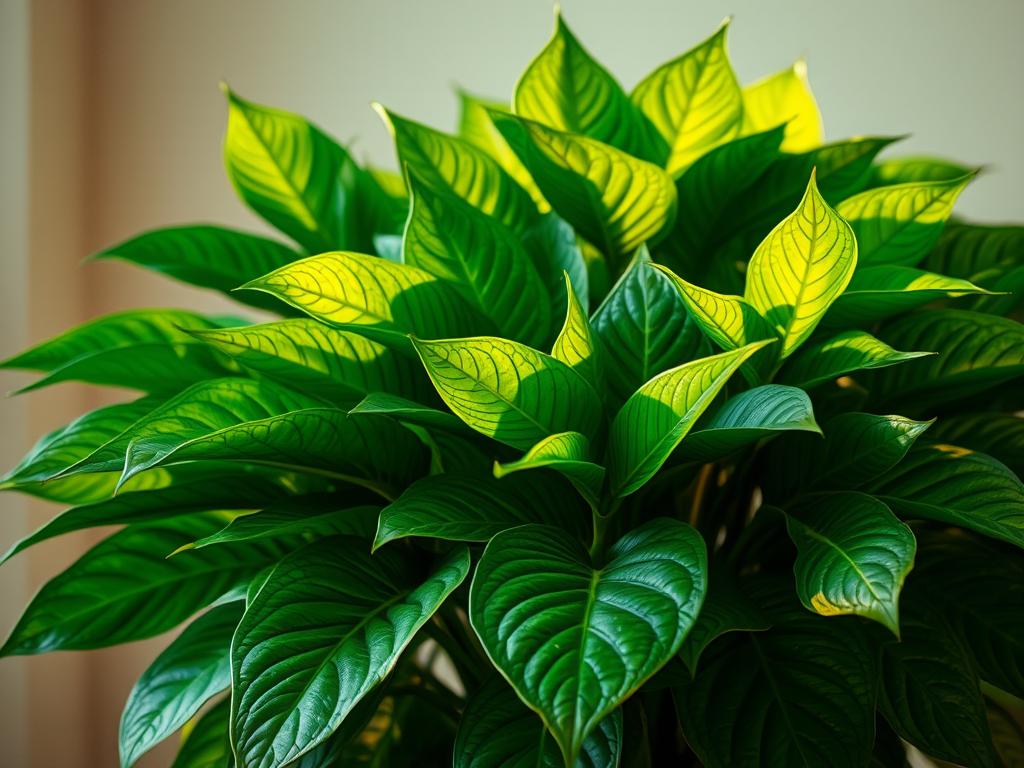Restoring a classic car is an exciting yet challenging endeavor. The process demands patience, attention to detail, and a clear strategy to bring your vehicle back to life while preserving its originality. However, even experienced restorers can fall prey to common mistakes that can delay the project or compromise the quality of the final restoration. In this guide, we’ll explore two of the most frequent pitfalls—Rushing the Process and Overlooking Structural Issues—and offer practical advice to help you avoid them. By taking the time to plan carefully and invest in quality classic auto parts, you can ensure a successful restoration that stands the test of time.
Table of Contents
Rushing the Process
One of the biggest mistakes in car restoration is trying to speed through the process. The desire to see quick results can lead to cutting corners, which often results in subpar workmanship or overlooked details that may come back to haunt you later.
Take Your Time with Each Stage
Restoration is a marathon, not a sprint. Each phase—from disassembly and inspection to cleaning, repair, and reassembly—requires thorough attention. Rushing through any of these stages can lead to mistakes such as improperly fitted parts, mismatched finishes, or even mechanical failures. For instance, when it comes to the climate control system, opting for high-quality ac for classic cars ensures that you get both performance and reliability. Don’t rush; instead, allocate adequate time to research, plan, and execute each step meticulously.
Document and Organize
Another common error when rushing is poor documentation. Taking detailed notes, photographing each step, and organizing parts systematically can make reassembly much smoother. This habit is especially crucial when dealing with intricate systems like brake assemblies. Using premium components like wilwood brake calipers not only boosts performance but also underscores the need for precise installation—a task that simply cannot be rushed.
Double-Check Everything
Before moving on to the next phase, always double-check your work. Small errors in early stages can multiply over time, leading to bigger issues down the road. Take time to verify measurements, ensure parts are securely fastened, and confirm that every detail meets restoration standards. By embracing a methodical approach, you’ll avoid costly rework and ensure that your restoration stands out for its quality and durability.
Overlooking Structural Issues
Another frequent pitfall in classic car restoration is neglecting the vehicle’s structural integrity. Many restorers focus on cosmetic improvements, like a new paint job or updated interior, while overlooking critical structural components that affect safety and performance.
Assess the Frame and Floor Pans
The frame and floor pans form the backbone of your vehicle. Over time, rust and corrosion can weaken these areas, compromising the car’s overall strength. Before diving into cosmetic work, it’s essential to inspect these structural elements thoroughly. If you detect signs of significant deterioration, prioritize repairing or replacing these components. High-quality classic auto parts can be critical in restoring the vehicle’s integrity and ensuring that all subsequent upgrades are built on a solid foundation.
Don’t Ignore Hidden Damage
Often, structural issues aren’t immediately visible. Hidden damage such as rust behind panels or weakened welds can cause serious problems if left unaddressed. Invest in a professional inspection or use specialized tools to detect any underlying issues. Addressing these problems early on not only improves safety but also helps maintain the value of your classic car. Proper structural repair is a long-term investment in your restoration, ensuring that every aspect of the car is safe and sound.
Balance Aesthetics With Function
While it’s tempting to focus on making your car look as good as possible, neglecting the structural foundation can undermine the entire project. Cosmetic upgrades are best achieved when the vehicle’s frame and body are in pristine condition. In other words, before you invest in expensive detailing and finishes, make sure the car’s foundation is as strong as it can be. This balanced approach will result in a restoration that’s both beautiful and robust.
Final Thoughts
Restoring a classic car is a labor of love that requires careful planning, patience, and attention to detail. By avoiding common mistakes—such as rushing through the process and overlooking critical structural issues—you lay the groundwork for a restoration that not only looks stunning but also performs reliably for years to come. Remember, quality work takes time. Equip yourself with premium classic auto parts, take advantage of specialized components like ac for classic cars and wilwood brake calipers, and commit to a detailed, methodical process. By doing so, you’ll transform your classic car into a masterpiece that honors its heritage while standing up to modern standards of performance and safety.



